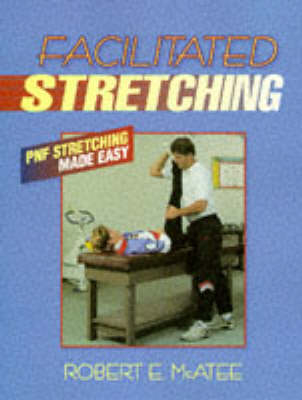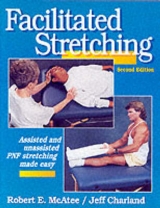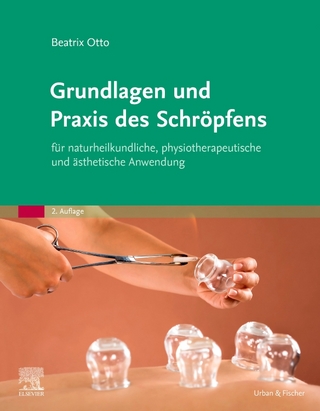
Facilitated Stretching
P.N.F.Stretching Made Easy
Seiten
1993
Human Kinetics Publishers (Verlag)
978-0-87322-420-8 (ISBN)
Human Kinetics Publishers (Verlag)
978-0-87322-420-8 (ISBN)
- Titel erscheint in neuer Auflage
- Artikel merken
Zu diesem Artikel existiert eine Nachauflage
For years, PNF (proprioceptive neuromuscular facilitation) stretching has been used in therapeutic settings. Now with "Facilitated Stretching" readers can learn how to use PNF stretching techniques to increase range of motion in healthy athletes. Until now, the material available on PNF has been highly technical. Facilitated Stretching takes a simplified approach - it shows readers the PNF techniques that are appropriate for healthy people, and it provides easy-to-follow instructions with photos and illustrations that make learning easy. Everyone who works with athletes will want to learn these effective techniques, including athletic trainers, sport massage therapists, sport physical therapists, sport physicians, sport chiropractors, and coaches. The stretches in Facilitated Stretching are known as CRAC (contract-relax, antagonist-contract) stretches. CRAC stretches are the safest PNF stretches because there is no passive movement - the athlete performs all of the stretching. Facilitated Stretching contains 29 CRAC stretches, which address most of the major muscle groups: 18 are single-muscle stretches, and 11 use the spiral-diagonal patterns that are the heart of PNF stretching.
Once readers have learned these stretching techniques, they will be able to design additional stretches for almost any muscle or muscle group. The book also features many self-stretching techniques that athletes can use to maintain their gains in range of motion. Finally, the book includes a full chapter that explains the role of PNF techniques during injury rehabilitation. Readers will learn the goals of PNF stretching in rehabilitation, some of the conditions and injuries that benefit from PNF stretching, and the modalities used in rehabilitating sport injuries.
Once readers have learned these stretching techniques, they will be able to design additional stretches for almost any muscle or muscle group. The book also features many self-stretching techniques that athletes can use to maintain their gains in range of motion. Finally, the book includes a full chapter that explains the role of PNF techniques during injury rehabilitation. Readers will learn the goals of PNF stretching in rehabilitation, some of the conditions and injuries that benefit from PNF stretching, and the modalities used in rehabilitating sport injuries.
Introduction to PNF Stretching. Reviewing the Literature. Single Muscle Stretches. Using Spiral-Diagonal Patterns. Rehabilitation and PNF, Jeff Charland, PT, ATC.
| Verlagsort | Champaign |
|---|---|
| Sprache | englisch |
| Maße | 222 x 286 mm |
| Gewicht | 363 g |
| Themenwelt | Sachbuch/Ratgeber ► Gesundheit / Leben / Psychologie |
| Sachbuch/Ratgeber ► Sport | |
| ISBN-10 | 0-87322-420-5 / 0873224205 |
| ISBN-13 | 978-0-87322-420-8 / 9780873224208 |
| Zustand | Neuware |
| Haben Sie eine Frage zum Produkt? |
Mehr entdecken
aus dem Bereich
aus dem Bereich
selbstbewusst für den eigenen Körper entscheiden : Sex, Zyklus, …
Buch | Hardcover (2024)
Insel Verlag
30,00 €
für naturheilkundliche, physiotherapeutische und ästhetische …
Buch | Softcover (2024)
Urban & Fischer in Elsevier (Verlag)
40,00 €
Buch | Softcover (2024)
Tyrolia (Verlag)
25,00 €



